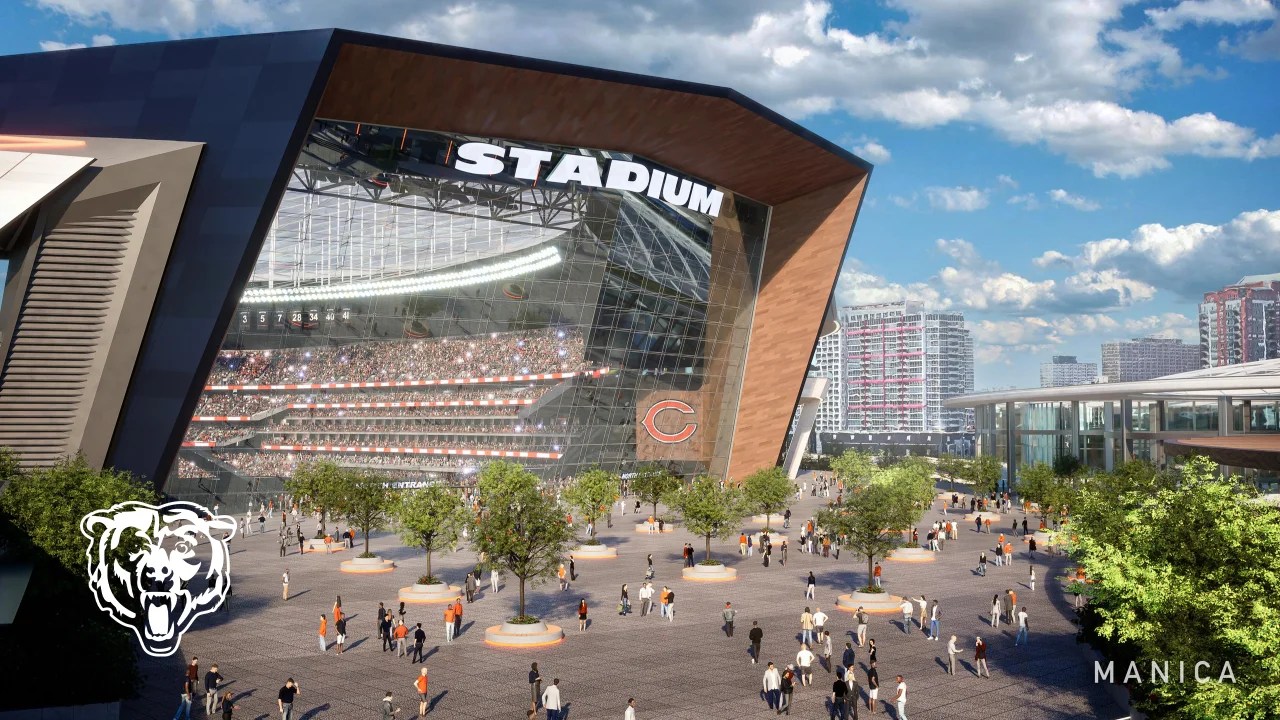It is a rivalry that is just about as old Chicago: north side versus south side. Cubs versus Sox. Now add the south branch of the Chicago River against the north branch.
The south branch, some say, is a forgotten stepchild when it comes to recreational access.
It is a beautiful mess. A mixture of wildlife and pollution. Thriving industry and shuttered plants.
To find out more, we headed out by canoe from the eastern bank of the river at 21st and Canal, with Jerry Mead-Lucero, an organizer with the Pilsen environmental group PERRO, as our guide.
"The water here is still fairly contaminated," Mead-Lucero said as we paddled south.
For generations, the river as a whole was Chicago’s sewer system.
And on the south side, that was coupled for many years with pollution from heavy industry. Traveling by canoe you see cans and bottles and condoms and the detritus of a very large city.
"There is a lot of work to be done for sure," said Mead-Lucero to make this portion of the river tourist-friendly.
But Margaret Frisbie, the executive director of Friends of the Chicago River, said as dirty as the river seems, there has been substantial improvement.
"It’s a lot cleaner," she said. "There are pockets along the south side that are really beautiful."
Including old, ornate bridges and a blue heron that we spotted.
The now shuttered Fisk Power plant sits on the west bank of the river, bordering the Pilsen neighborhood.
After a long environmental fight, the coal burning plant closed last summer. It felt like we were floating through a ghost town.
There are patches of coal dust still on the dock.
"The particular pollution from Fisk caused serious respiratory problems," Mead-Lucero said. "People had asthma and things like that."
What will become of this massive site is not yet known. But it is an excellent example of a larger debate: public access sites to the river.
Frisbie said there is a large problem when it comes to public access on the south side versus the north side.
Two new boathouses are set to open soon on the north side, including one just north of Diversey Avenue with a state-of-the-art indoor rowing tank. In the last decade, the portion of the river that cuts through downtown has become a recreational and economic engine.
Asked if the south side of the river is treated as a forgotten stepchild, Frisbie said no but added: "It just needs more intense planning."
There are improvements, like Ping Tom Park in Chinatown with a new boathouse and a new one planned for Bubbly Creek next year.
And yes, there are still plenty of bubbles in Bubbly Creek, that portion of the river that borders Bridgeport and the old stockyards.
Local
"It’s beyond disgusting," Frisbie said. "There is organic matter from the stock yards still bubbling up."
It is here we see the dichotomy of the river: a stunning array of flowers planted on a bank and nearby yards of floating garbage.
Every day about 1.2 billion gallons of partially-treated waste water goes into the river. By 2016, disinfectant will be required at two of the three sewage treatment plants.
Frisbie said it’s a process the Metropolitan Water Reclamation District was slow to embrace but a major step in the right direction.
"Our goal is that the Chicago River is one of the world’s greatest metropolitan rivers," she said.
And finally, there was something we never thought we would see: someone swimming in the Chicago River. That's not a good idea, according to both Frisbie and Mead-Lucero. The man in the water turned out to be completely naked.
"That’s the first time I’ve seen that happen," said Mead-Lucero.
But said Frisbie: "In the near future we will be able to swim in the river."
"It can be different and it’s already starting to be different," said Mead-Lucero. "And we are going to keep fighting for that."



